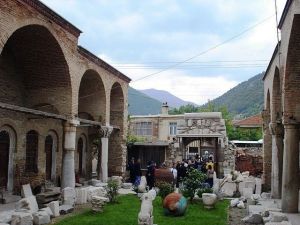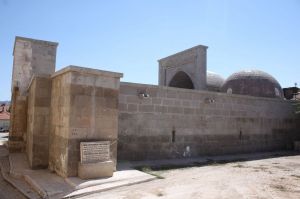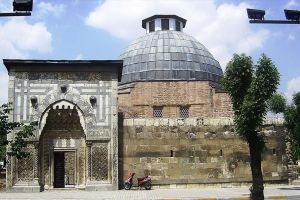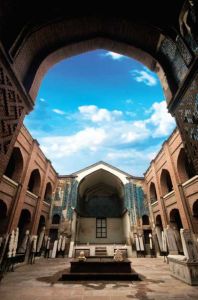Konya Konya Madrese
Konya Madrese It is a type of educational institution that provides religious and scholarly education in the Islamic world. Literally, the Arabic word "madrasa" translates as "place of learning" or "place of lessons". Madrassas are places established for the purpose of learning and teaching Islam and spreading Islamic knowledge. Today, the madrasa tradition still continues in some Islamic countries, but it has been integrated or changed by modern education systems. Madrassas, which have had a great influence on the history of the Islamic world, are important institutions that have contributed to the preservation and spread of knowledge.
General characteristics of the Konya madrasa
General characteristics of the Madrasah, In the Islamic world, madrassas are usually built next to or near mosques. The learning and teaching of Islam took place here. Madrasas could teach different subjects, but they usually focused on Islamic sciences such as religious sciences, law, kalam (theology), fiqh (Islamic law), hadith (the words and deeds of the Prophet). Madrasas are usually free. The students followed a curriculum determined by their teachers. Students are usually of a certain age when they enter the madrassa and have worked for many years to obtain academic degrees later on. Madrassa education is based on student-teacher interaction. The students took their lessons under the supervision of their teachers and the method of discussion and question and answer was applied. This is preferred because it encourages deep thinking and understanding. Madrassa education can be a lifelong process. Students are able to get higher grades when they show that they have sufficient knowledge in a particular subject or when they are qualified by their teachers to move to an advanced level.
Konya Madrese architecture
The architecture of the Madrasa, They're often built as impressive architectural structures. It contains sections such as the inner courtyard, classrooms, student accommodation areas, and the mosque. Madrasah buildings are a type of structure that exhibits beautiful examples of Islamic art.
The historical role of the madrassa
The historical role of the madrassa, He played a critical role in the spread and preservation of Islamic knowledge. It is considered one of the most prestigious educational institutions in the medieval Islamic world. It was also an important tool in the process of translating and interpreting the works of ancient Greek and Roman philosophers into Arabic in Europe.
The tradition of the madrasa continues today in some Islamic countries, but it has been merged or replaced by modern educational institutions. Madrassas, which have had a great influence on the history of the Islamic world, are important institutions that have contributed to the preservation and spread of knowledge.




